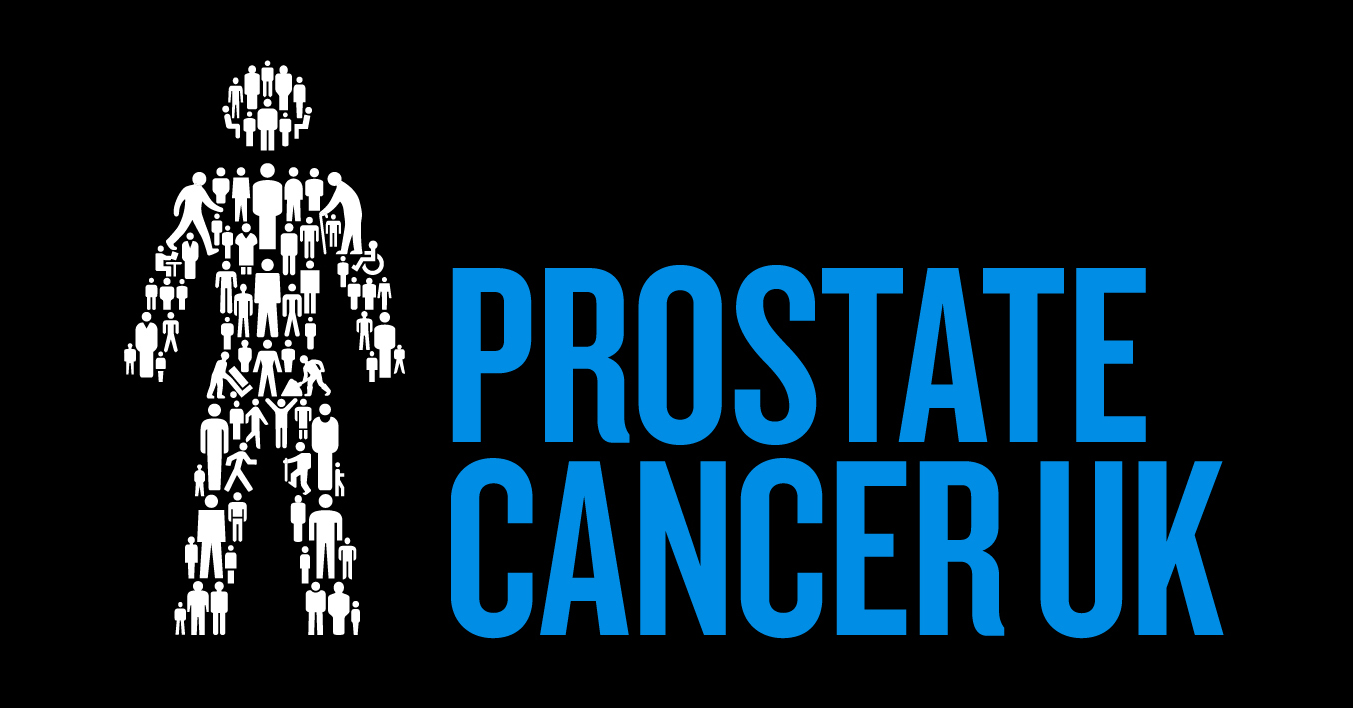Social clubs have been part of our culture since the 1800s. Typically, these clubs revolve around social activities such as bingo, karaoke and live entertainment. Often these clubs are only open to members, giving local communities the opportunity to have their say on how the club is run and organised.
Now a new phenomenon is taking the country by storm. There are now almost 100 registered hackerspaces in the UK, with dozens of additional makerspaces. But what are these spaces and what impact might they have on the future of social clubs?
What is a hackerspace?
A hackerspace is a community-run workspace where people come together to socialise, collaborate and create. They are places to share knowledge and resources, often thought of as a social workshop or studio. Creators get together to socialise and work on projects either individually or collaboratively.
Hackerspaces have a wide range of tools and equipment available for members to use. This includes machine tools, tech equipment, 3D printers, laser cutters and more. Depending on the size and scale of the hackerspace, the variety of tools available will vary.
Hackerspaces and makerspaces provide the opportunity for everyone, regardless of background, to take part in opportunities to make, build and engineer. It offers free education and knowledge sharing, in addition to social opportunities.
There is no authority dictating what defines a hackerspace or makerspace. These are community-run organisations, and it’s these communities that decide what key features define their space.
What can I make?
You name it, you can probably find a hackerspace that can help you make it. From learning to code and build robots through to sewing or woodwork, there’s an almost unlimited number of things you can try to create at a hackerspace.
Hackerspaces and makerspaces are a breeding ground for innovation and learning development. Individuals who wish to expand their knowledge outside of a traditional educational setting are welcome to do so. This leads to hackerspaces becoming hubs of innovation and creativity, which will enable new ideas to be developed. These community hubs give individuals a unique opportunity to grow and try new things – which may in turn benefit society as a whole.
What’s the difference between a hackerspace, a makerspace and a Fab Lab?
The terms are often used interchangeably, though there are some slight differences. Essentially, all three are community workshops.
Hackerspaces are perhaps more synonymous with software and electronics, whereas makerspaces cater for a range of crafters, designers and engineers. Government-run spaces such as libraries and schools are more likely to be associated with makerspaces as the term itself is less contentious. By disassociating with the term “hacker”, which is often thought of negatively, makerspaces may be able to reach a wider scope of people. Makerspaces are also sometimes run for profit or to raise funds, whereas hackerspaces are almost always non-profit.
Some hackerspaces and makerspaces as referred to as a Fab Lab if it subscribes to the Fab Lab charter. This details what machines the space must have and suggests how the Fab Lab should be run. These common tools and processes help to promote accessibility and peer learning throughout the whole international network of Fab Labs. Though a Fab Lab is a type of makerspace, it’s part of a much wider community of similar spaces rather than being independently run.
Where are hackerspaces?
As hackerspaces are places to share tools and work on projects, they require an open, safe space in order to operate. This means community centres, public libraries, university campuses or other large, previously disused spaces could be turned into a temporary or permanent hackerspace.
Shared access to facilities such as 3D printers offers an invaluable opportunity for creators and innovators. Most people don’t have expensive tools and technology readily available at home, so it’s an economical way to ensure everyone within the community has access to the equipment they may need or want.
Who uses hackerspaces?
Students, innovators, crafters, creators… a huge variety of people come along to makerspaces. Hackerspaces and makerspaces welcome those looking to take their career in a new direction, people who want to boost their knowledge base and “ideas people” who want help to turn that idea into a reality.
Some spaces also run workshops and clubs for young children and their families, encouraging youths to engage in Science, Technology, Engineering, Arts and Mathematics (STEAM) activities from an early age. Nurturing this creative, inquisitive and collaborative mindset is a great way to help inspire young people who can go on to achieve great things.
Business are now getting involved in the hackerspace phenomenon, too! These spaces support SMEs that wish to develop new products and services. Sharing knowledge and accessing equipment in a cost-effective manner allows businesses to innovate and evolve their manufacturing processes. Larger facilities may offer workspace to hire, too.
Hackerspaces and makerspaces support creatives at every stage of life – from those in education through to those building a business. Inspiring people to grow their skills, learn from others and have access to the equipment they need is a key driver for councils and government organisations to stand behind the development of makerspaces.
The history of hackerspaces
Hackerspaces first originated in Germany in the 1990s. These clubs had open memberships, allowing groups of likeminded people to come together to collaborate. Eventually hackerspaces grew in popularity throughout the world, with a list of hackerspaces maintained on hackerspaces.org. There are over 1,000 active hackerspaces worldwide.
As we mentioned previously within this article, makerspaces are more likely to be supported by government establishments such as libraries or community centres. The shared learning space encourages people to engage with STEAM, which is highly supported across the country.
The Library Taskforce, first developed in 2017, focusses on developing makerspaces within libraries, providing an additional community facility. An opportunity to network, collaborate and learn from one another is a great way to connect our communities.
Though still a relatively new type of social space, makerspaces/hackerspaces look set to stay. They are now evolving to meet the needs of a much wider variety of people. By doing this, they’re becoming vital community organisations.
Who runs the hackerspace?
As with social clubs, hackerspaces are often not-for-profit, and thus most are run by an elected board of members. They are responsible for the day-to-day running of the space.
There are generally no set rules or guidelines as to how to run a successful hackerspace. A “hacker ethic” is usually followed. This ensures hackerspaces offer shared knowledge and resources freely and embrace peer learning.
Member volunteers often help run the space, too. This ranges from ensuring the space is being used safely through to organising and running taster sessions, activity days and other events.
Makerspaces and Fab Labs are slightly different, as managers are sometimes appointed to support the space’s development. This helps to make sure the space is run in the most efficient manner, and can grow accordingly. With more detailed plans for engagement and growth, these spaces are able to reach thousands of people within the community. This case study demonstrates what can be achieved when community spaces are set up and managed effectively.
How to set up a hackerspace
Anyone is able to set up a hackerspace or makerspace in the UK. As these places are community-focussed in nature, it’s important you don’t end up setting up a similar space to one already nearby that could cause unnecessary conflict. If your area doesn’t have an existing makerspace or hackerspace, you must first find a suitable place to host your space. Think about libraries, community centres or other large spaces that could house your equipment. Some hackerspaces even use pub back rooms as long as the equipment used is portable and not too intrusive.
Decide how frequently you’ll host a meeting or event. Announce a monthly meeting to start and go from there, gradually building up your membership. You must build your community up first, developing a group of like-minded people who are passionate about making your space a success.
You’ll need to market your space and start to gather members. Set up a website and social media channels, tell local community groups and universities about your space and find a way to communicate with your members and keep them up to date on what’s going on (an email newsletter or Google Groups is a great way to do this).
The venue and equipment needed to develop a successful hackerspace can be expensive, but can be quickly built upon with the support of members. Most hackerspaces charge membership fees to allow the space to continue to grow and evolve, offering more tools and equipment to its cohort.
You must consider how you plan to run your hackerspace and what processes you’ll put in place to keep your members safe. So, for example, how will you elect a volunteer board of trustees? Will they be responsible for the day-to-day running of your space, or will you allow all members to pitch in?
Risk management is key. All equipment must be well-maintained, and members must have good knowledge of how to work safely and use equipment properly. Remember, you’ll be welcoming members who may have limited experience and knowledge of the equipment. Train each member to use your tools safely and consider using a buddy system at first – pairing a new member with a more experienced one to show them the ropes. Make sure you have developed a thorough risk assessment. Identify things that could potentially go wrong and detailing what measures you will put in place to control these risks.
Insuring your hackerspace
Your space will deal with members of the public and volunteers (who may classify as employees). You’ll also have equipment and even potentially a building to consider. That means you’ll need to arrange Public and Employers’ Liability Insurance, plus Contents Insurance.
As the risk is so unique, working with a broker who understands your own individual space is key. When you have confidence in your broker, you have peace of mind that you’ll have the right level of cover in place to protect you if something does go wrong.
Are hackerspaces the new social club?
Though to focus is predominantly on knowledge sharing and creation, there are many social elements to a hackerspace. Members meet up to socialise and learn, with educational talks and networking sessions a great opportunity for people to get to know one another.
Hackerspaces are social enterprises, rather than social clubs. The focus is on bringing together people with a shared interest, and providing access to facilities and expertise that wouldn’t otherwise be available.
Open days, workshops and festivals are all on the rise, encouraging a much wider range of people to engage with makerspaces. The cutting-edge, collaborating approach to making and innovating is only successful thanks to makerspaces’ unique social aspect.
Behind the scenes at FabLab Exeter
We spoke to Marcus Brown, Digital Making Tutor at FabLab Exeter, to find out more about the space…
With around 70 members, the FabLab provides a unique opportunity for all types of people to mix and mingle with other like-minded people. Marcus assures us the FabLab isn’t just there for members to socialise, though. “They come as they want to make something,” he says. “We have all of our kit listed on our website.” This enables potential members to check in advance what equipment and tools are available.
The FabLab offers a diverse range of opportunities for the community. Membership costs just £72 per year, £54 for students. In addition, the space runs workshops for both children and adults, hosts unique birthday parties, offers team away days and takes its tools and equipment out to other libraries, schools, colleges and universities. Business memberships are also on offer, giving local entrepreneurs the opportunity to use shared equipment and facilities.
How does the FabLab keep its members safe? Marcus says, “to use a piece of equipment, [an individual] needs to sign up as a member and then we provide three inductions to show them how to use the software and machines safely.”
Marcus believes the FabLab is growing in popularity, particularly its ability to reach the younger generation. With the help of a little marketing boost, more members of the community will know the FabLab is based in the local library and may come along to give it a try. He says, “I don’t know if FabLabs will become the new ‘social club’ but it would be good for us if they did!”
Interview with Dominic Morrow, Founder and Trustee at Nottingham Hackspace
How was your hackerspace first founded?
We started as a pub Meetup group in Feb 2010 we got our first space later that year. We moved to the current space in 2011 and we took on double the space in 2015. At its highest, Nottingham Hackspace had 708 members. We are now one of the leading spaces in the world, as we have more members and space than some other hackerspaces.
How is the hackerspace run?
We are a member run company limited by guarantee, choosing to run not-for-profit with (usually) seven elected directors. In terms of UK law, they are responsible for health and safety and all other legal matters relating to the company and form the effective “leadership” of the space. We’re trying to change things a little, but currently no-one gets paid to do any work at the space (unless it’s payment for a professional service).
A hackerspace isn’t run by staff for customers. Hackerspaces are flat organisations, so members are supposed to run the organisation for themselves.
What kind of events or workshops do you run?
Over the past ten years, the Nottingham Hackspace has run a variety of events. Some of these were run “officially” by the space collectively and others were run by individuals within the space. These include workshops, tool inductions, film nights, board games, gaming, orchestras, cycle repair workshops, collaborative projects, open nights and much more!
What kind of tools are available?
We have a number of tools in following areas:
- Crafting and all kinds of hobby making including textiles, weaving, knitting, embroidery and vinyl cutting
- CO2 low power laser cutting
- Metal working including milling lathing and welding
- Woodworking including table saw, bandsaw and many other cutting and sanding tools and extraction equipment
- Screen printing and spray painting including a spraying booth with extraction
- Small scale CNC (computer numeric control) milling and lathing
- 3D printing
How do you keep your members safe?
We do put advanced access controls on some of our equipment. Currently we require inductions for a few key tools which a less experienced member might be able to damage through “just having a try”. This includes milling machines, embroidery machines, some of the lathes, the welding equipment, the laser cutter, and a plainer-thickness machine for the woodworking area.
It is essential for the growth and sustainability of Hackerspace that a new level of maturity is reached around safety. In a member led space (without staff, owners or technicians) it is super important to
identify ways to manage the workspace and provide a practical paper trail to show due diligence around safety. Service records and maintenance logs are not common in the Hackerspace environment. Blank accident books are not a sign of a safe space. They are a sign of poor
health and safety reporting and investigation culture. In order for hackerspaces to become mainstream, the management of health and safety needs to be easy. This can be achieved with good systems and data management.
Who can become a member?
In essence, anyone over the age of 18 who shows up at the space on an Open Night or Open Day can register. All that is asked is that a monthly financial commitment is made to the space. Members pay what they feel it is worth, but there is a rule that you should pay a little more than you use. Once we see a standing order in our account, we allow members unique RFID key holder 24/7 access to the workspace. It’s this trust and this advanced access control that has made Nottingham Hackspace so successful.
Can you tell us a bit more about these control systems?
We have a computer system called Hackspace Management System, which each member
has a login and account. The system is able to determine if a member has made a payment into the space and once they are, it grants them a code to set themselves up on an RFID access system. Once inside the space itself, the RFID system allows for some management of the space. It identifies who has opened which door within the space, it allows members to top up a spending fund to buy consumables, snack food/drinks, and to use additional tools.
Some key tools are controlled by RFID access. This allows the organisation to create booking systems that let members know the availability of the tool and allows us to ration that availability to
members on what (I hope) is an equitable and fair basis. It also allows for the organisation to ensure or expect a level of competence on a tool as well as providing a feedback mechanism for tool usage and outages. We have found that tools on the RFID system are more likely to be looked after respectfully and reported when there is an issue, with members owning mistakes and other issues or damage on that tool.
I would like to move towards greater checks and balances being put in place around access control systems for ALL tools that require a level of both self-led safety training, user acknowledgement and, most crucially, user-provided evidence as to why they consider themselves competent to use it.
How should people view hackerspaces?
I would like to see hackerspaces considered a community resource for the people who live in the local area. However, not all hackerspaces and makerspaces are the same.
What’s the future of hackerspaces, in your opinion?
Having shared workspaces in various forms is more common now than it was in 2010, but I’m not seeing big and successful ones flourishing. Those that are reliant on a commercial model or on funding mixed with high access fees to pay for staff are struggling.
Makerspaces seem to be in the zeitgeist, especially in education. I’d like to see more of these
in libraries and community centres and would like to find ways to help them run safely and sustainable, somewhat like Council run sports gyms.
To some extent, I’d like to think that gyms are analogous to hackerspaces and makerspaces. Back in the 50s and 60s it was “weird” to go to a gym, as most labour was still physical for most people. But now going to the gym is perfectly normal and there are gyms in even the smallest market towns in the UK.
Will hackerspaces become social and community hubs going forward?
I do hope so. I would like to see them as an honest “third space”. This is a place that isn’t work or home, like the coffee shop in Friends or a church.
My vision is that hackerspaces become an empowering place for anyone to make and explore lifelong learning. A key for me is that they’re places for people who desire for themselves to learn. How you learn in formal establishments is quite rigid – hackerspaces should be a place you go for yourself when you’re ready for it. It will allow people to develop and convert their skills, plus gain valuable life experience of solving interesting problems and working collaboratively.
To find out more about hackerspaces, visit Dominic’s blog.
Are you setting up a hackerspace, or already a member of one?
Make sure your space is safe, secure and protected. Contact our expert team for more information on improving your risk management and comprehensively insuring your hackerspace.







